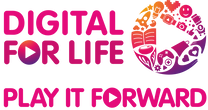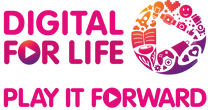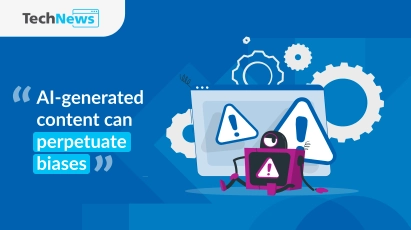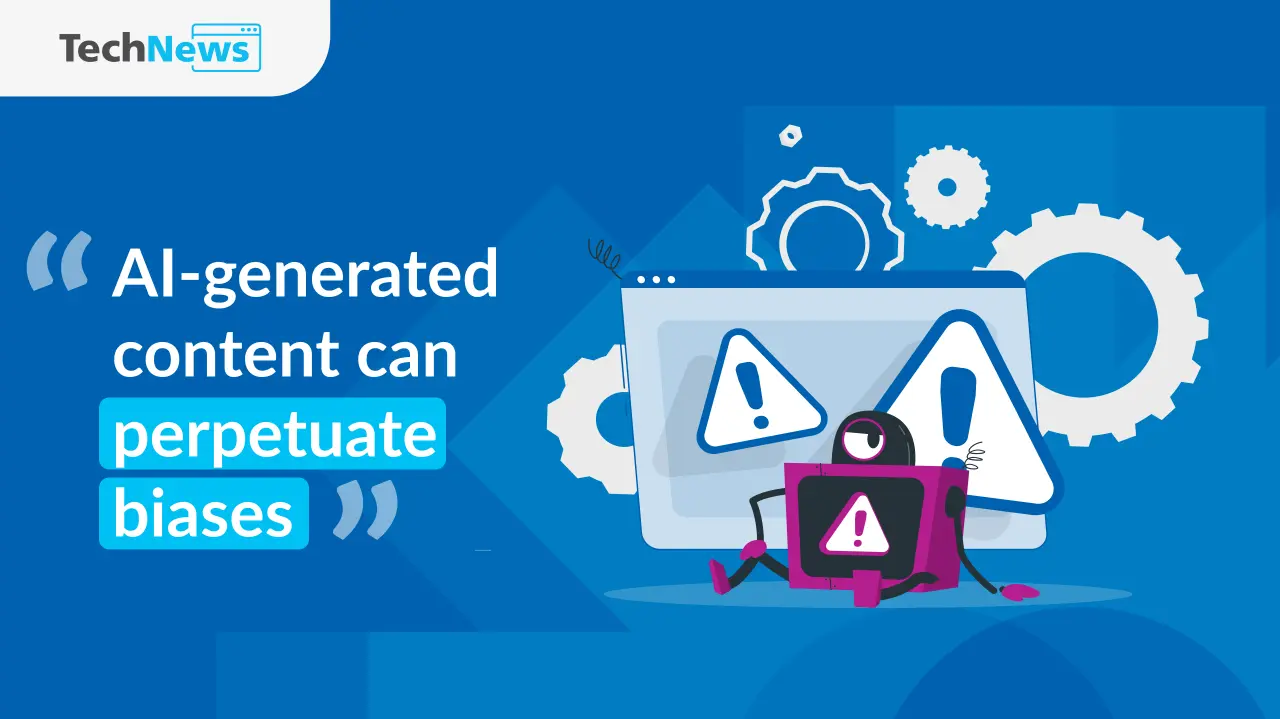Generative AI, like ChatGPT, is rapidly gaining popularity due to its ability to assist with tasks by producing content ranging from text to images and code. These AI tools are transforming workplaces and schools, offering potential for increased productivity.
Despite its potential, generative AI can present several challenges and risks that must be carefully managed. One major risk is the generation of ‘hallucinations’, where AI produces false or outdated information with confidence. This can lead to embarrassing situations if unchecked, especially in professional settings. In addition, there are concerns about plagiarism or intellectual property theft, as AI models may replicate existing content too closely. Overreliance on AI also poses a risk to personal skill development, particularly in education, where students may miss out on honing creativity, critical thinking, and reasoning abilities.
Another issue is the unintended biases embedded in AI models. These biases can manifest in discriminatory outputs, as seen with AI-generated images that reinforce stereotypes.
To mitigate these risks, users should verify AI-generated content, establish ethical guidelines for AI usage, and stay informed about the technology's evolution. By exercising caution and maintaining human oversight, individuals can leverage generative AI effectively while minimising potential pitfalls.
This article was first published on GovTech's TechNews blog.
Click on this link to read the original article.













